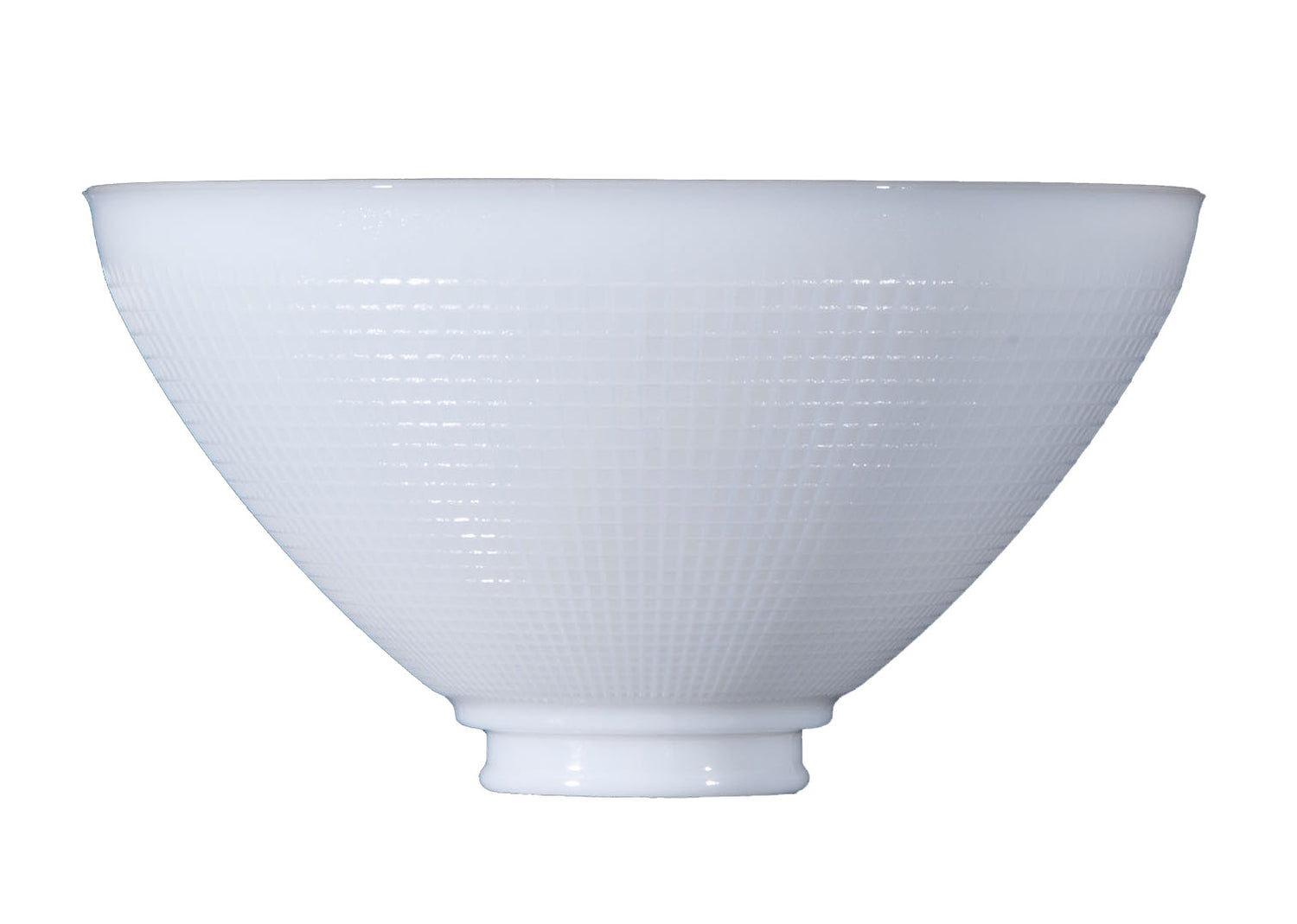Understanding Lampshade Styles
There’s no better way to make an old lamp new again than with a bold or classic lampshade. Choosing a shade may be an easy decision for some people, but the wrong lampshade can change the aesthetic of an entire room. Antique Lamp Supply has more than 60 years of experience in the lighting business, and we can provide the know-how you need to find the perfect lampshade style for your antique lamp. In this comprehensive guide, we take a close look at the many different materials, sizes, and styles of lampshades available. Keep reading to learn more.
How Lampshade Style Affects Lighting
Light emanates in different ways, depending on the shape of your chosen lampshade. Light that emits from the top of a floor or table lamp will produce an ambient lighting that bounces off the ceilings. Light that emanates from below will produce a more focused light that surrounds the area beneath the lamp. Light may also shine through the side of your lampshade, but that depends on the chosen color and material.
Bell Shades: A lampshade with sides that curve inward to produce a shape that resembles a bell. The bottom flare helps to distribute light outward for maximum coverage, while the wide top facilitates the escape of heat.
Coolie Shades: A lampshade with a narrow top and a wide bottom. The sides of a coolie lampshade are heavily slanted, which restricts ambient light emitting from the top of the shade while maximizing the bottom spread of light.
Cylinder Shades: A lampshade that is as tall as it is wide with vertical, straight sides. Cylinder lampshades are used for tall lamp bases or narrow floor lamps, because they funnel equal amounts of light out of the top and bottom.
Drum Shades: A variant of the cylinder lampshade, except that a drum shade is flatter and wider than it is tall. With vertical sides, drum lampshades maximize light emission through the top and the bottom to produce ambient light.
Empire Shades: A lampshade with straight, slanted sides, a narrow top, and a flared bottom. With a wider cone of light, this lamp shade will illuminate a wider area beneath and to the sides of the lamp, which is ideal for reading.
Floor Shades: An aptly named lampshade that is slightly larger in size and suitable for most floor lamps. The floor lampshade is like the drum shade, except that its sides are slightly slanted, distributing light through the bottom.
Hexagon Shades: A lampshade with six flat sides with equal-length edges around the top and bottom. Unusual lampshades are usually chosen for aesthetics, but they are very similar to bell, empire, or drum lampshades.
Octagon Shades: A lampshade with eight flat sides with equal-length edges around the top and bottom. This shade is also very similar to the bell, empire, or drum lampshades, except that it reveals an octagonal shape from above.
Oval Shades: A lampshade that is wider than it is deep from front to back, with straight, slanted sides for maximum illumination beneath the lamp. Oval lampshades pair well with oval-style lamps or narrow pieces of furniture.
Rectangular Shades: A lampshade that is rectangular in shape, with flat edges to produce four corners. The top is usually narrower than the bottom, with works well with floor lamps or table lamps.
Square Shades: A lampshade that is square in shape, with flat edges to produce four corners. Some square shades feature cut corners as a decorative modification to the shape.
Choosing the Right Shade for Your Lamp
Finding the perfect lampshade for your antique light fixture is easier than you may think. The shape of a lamp’s base is a good indication of what kind of lampshade will look most appropriate. Lamps with a curved profile are best suited to curved bell lampshades. Barrel- or cone-style lamps are best suited to drum lampshades. Trapezium lamps feature square bases and will benefit aesthetically from a square-shaped lampshade. Many mission lamps feature a pyramid design, which can be carefully complemented with a square or rectangular lampshade. Unusually long or thin lamps look best with flat and thin drum lampshades. You can also mimic the intrinsic shape of the lamp base by choosing a lampshade that produces the same shape when views from above or below.
Choosing the Right Lampshade Material
Table and floor lampshades come in a variety of materials. Fabric, parchment, glass, and plastic are the most widely used materials to make lampshades. Fabrics such as cotton, linen, silk, or even paper are flammable, but lampshade manufacturers affix these materials to pressure-sensitive styrene bases that are non-flammable. Avoid any synthetic materials, as they can discolor from the heat of the bulb over time. Silk shades look best in formal rooms or bedrooms. Linen, parchment, and lampshades with textured looks tend to have a more rustic look.
If you have any questions about this article or would like to learn more about our selection of lampshades, please contact us today to speak with a customer service representative for more information.

